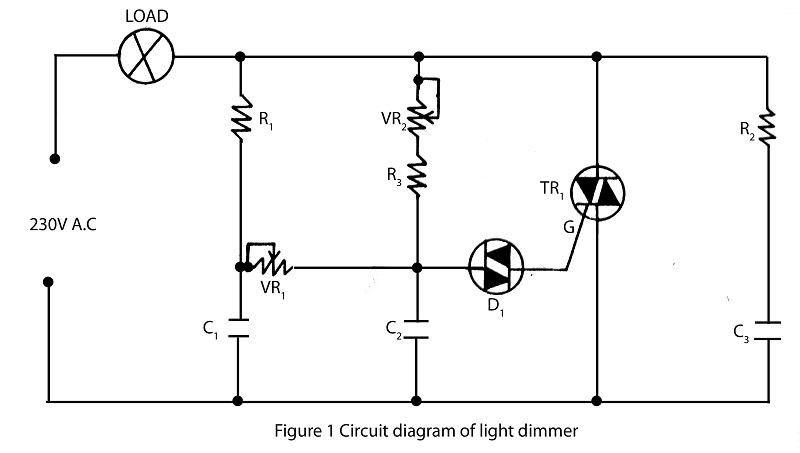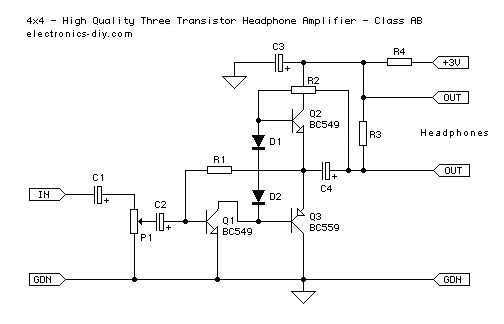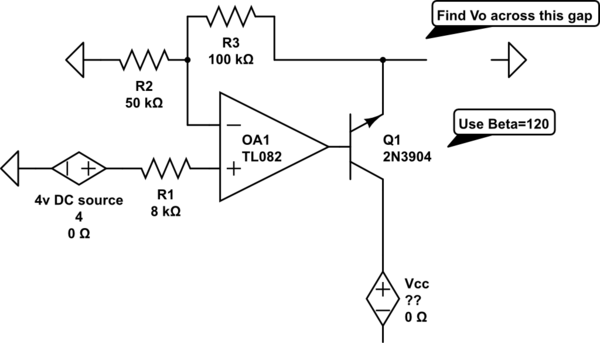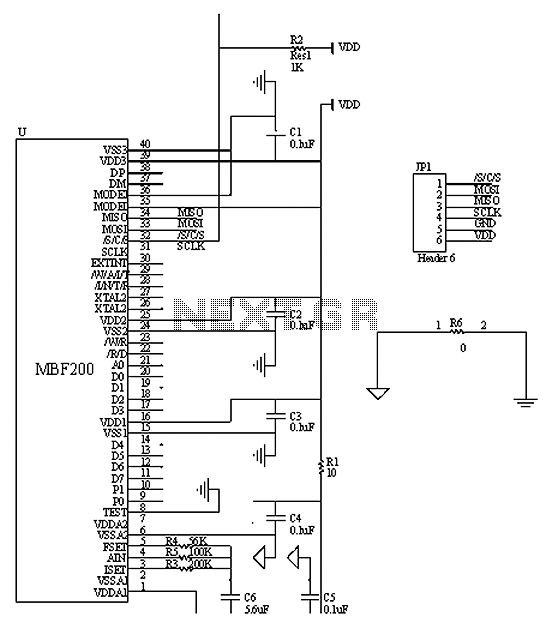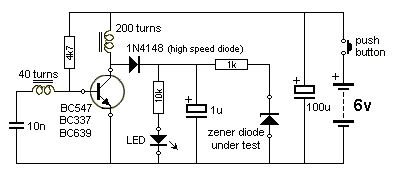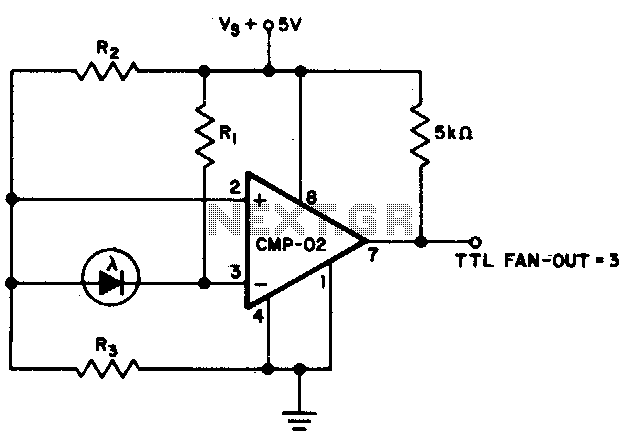
Transistor based 3.3V-5V Level Translator

Most devices currently operate at 3.3 volts, and their communication levels also function at this voltage. For instance, the XBee module operates at 3.3 volts, but to interface it with microcontrollers that operate at 5 volts, it is necessary to translate the voltage levels to enable communication between the two. This document presents a schematic for a transistor-based level translation, along with a Proteus simulation.
The circuit for voltage level translation between a 3.3V device and a 5V microcontroller typically employs a simple transistor switch configuration. The primary components include an NPN transistor, resistors, and the two devices that need to communicate.
In this setup, the 5V microcontroller sends a high signal (5V) to the base of the NPN transistor through a current-limiting resistor. This turns the transistor on, allowing current to flow from the collector to the emitter. The collector is connected to the 3.3V device's input pin, while the emitter is connected to ground. When the transistor is activated, it effectively pulls the 3.3V device's input to ground, representing a low signal.
Conversely, when the microcontroller sends a low signal (0V), the transistor is turned off, and the input pin of the 3.3V device is pulled high via a pull-up resistor connected to the 3.3V supply. This configuration ensures that the 3.3V device receives the correct voltage levels corresponding to the signals from the 5V microcontroller.
For a complete implementation, it is crucial to select appropriate resistor values to ensure proper current flow and to prevent damage to the components. The pull-up resistor value should be chosen based on the input characteristics of the 3.3V device to ensure reliable operation. The schematic can be simulated in Proteus, allowing for verification of the functionality before physical implementation.
This level-shifting method is commonly used in various applications where different voltage levels need to communicate effectively, ensuring compatibility and reliable data transfer between components operating at different voltages.Nowadays most of the devices are running on 3.3 volts, and likewise their communication levels also work on 3.3 volts. For example XBee runs on 3.3 volts and to interface it with microcontrollers running on 5V, one needs to translated voltages levels so that they both communicate.
This post gives a schematic of transistor based level translation with Proetus simulation 🔗 External reference
The circuit for voltage level translation between a 3.3V device and a 5V microcontroller typically employs a simple transistor switch configuration. The primary components include an NPN transistor, resistors, and the two devices that need to communicate.
In this setup, the 5V microcontroller sends a high signal (5V) to the base of the NPN transistor through a current-limiting resistor. This turns the transistor on, allowing current to flow from the collector to the emitter. The collector is connected to the 3.3V device's input pin, while the emitter is connected to ground. When the transistor is activated, it effectively pulls the 3.3V device's input to ground, representing a low signal.
Conversely, when the microcontroller sends a low signal (0V), the transistor is turned off, and the input pin of the 3.3V device is pulled high via a pull-up resistor connected to the 3.3V supply. This configuration ensures that the 3.3V device receives the correct voltage levels corresponding to the signals from the 5V microcontroller.
For a complete implementation, it is crucial to select appropriate resistor values to ensure proper current flow and to prevent damage to the components. The pull-up resistor value should be chosen based on the input characteristics of the 3.3V device to ensure reliable operation. The schematic can be simulated in Proteus, allowing for verification of the functionality before physical implementation.
This level-shifting method is commonly used in various applications where different voltage levels need to communicate effectively, ensuring compatibility and reliable data transfer between components operating at different voltages.Nowadays most of the devices are running on 3.3 volts, and likewise their communication levels also work on 3.3 volts. For example XBee runs on 3.3 volts and to interface it with microcontrollers running on 5V, one needs to translated voltages levels so that they both communicate.
This post gives a schematic of transistor based level translation with Proetus simulation 🔗 External reference
